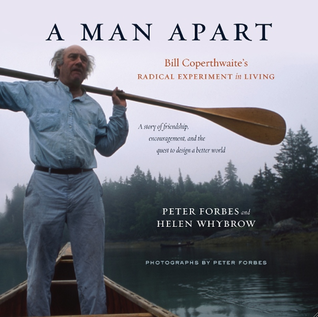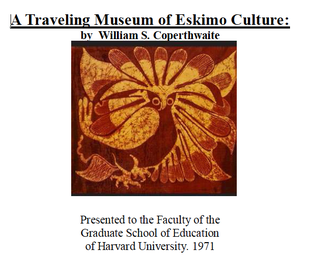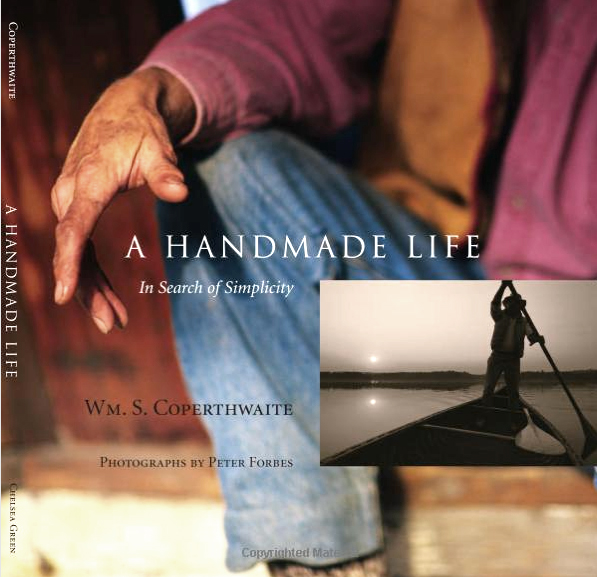|
A Handmade Life: In Search of Simplicity
by William S. Coperthwaite, 2002 |
William Coperthwaite is a teacher, builder, designer, and writer who for many years has explored the possibilities of true simplicity on a homestead on the north coast of Maine. In the spirit of Henry David Thoreau, Emily Dickinson, and Helen and Scott Nearing, Coperthwaite has fashioned a livelihood of integrity and completeness-buying almost nothing, providing for his own needs, and serving as a guide and companion to hundreds of apprentices drawn to his unique way of being.A Handmade Life carries Coperthwaite’s ongoing experiments with hand tools and handmade shelter, clothing and furnishings out into the world to challenge and inspire. His writing is philosophical and practical, exploring themes of beauty, work, education, design and (of course) yurts. Richly illustrated with luminous color photographs by Peter Forbes.The main thrust of my work is not simple living– not yurt design, not social change, although each of these is important and receives large blocks of my time.But they are not central. My central concern is encouragement– encouraging people to seek, to experiment, to plan, to create and to dream. If enough people do this we will find a better way.
Order from your local bookstore, or Chelsea Green
Order from your local bookstore, or Chelsea Green

A Man Apart: Bill Coperthwaite's Radical Experiment in Living
by Peter Forbes, Helen Whybrow
by Peter Forbes, Helen Whybrow
"A loving tribute to Bill, a wonderful man who inspired all of us with his dedication to indigenous building, natural materials, and above all else, use of human hands."—Lloyd Kahn, author of Shelter and Tiny Homes: Simple Shelter. A story of friendship, encouragement, and the quest to design a better world. A Man Apart is the story—part family memoir and part biography—of Peter Forbes and Helen Whybrow’s longtime friendship with Bill Coperthwaite (A Hand-made Life), whose unusual life and fierce ideals helped them examine and understand their own.Coperthwaite inspired many by living close to nature and in opposition to contemporary society, and was often compared to HenryDavid Thoreau. Much like Helen and Scott Nearing, who were his friends and mentors, Coperthwaite led a 55-year-long “experiment in living” on a remote stretch of Maine coast. There he created a homestead of wooden, multi-storied yurts, a form of architecture for which he was known around the world. Coperthwaite also embodied a philosophy that he called “democratic living,” which was about empowering all people to have agency over their lives in order to create a better community. The central question of Coperthwaite’s life was, “How can I live according to what I believe?”In this intimate and honest account—framed by Coperthwaite’s sudden death and brought alive through the month-long adventure of building with him what would turn out to be his last yurt—Forbes and Whybrow explore the timeless lessons of Coperthwaite’s experiment in intentional living and self-reliance. They also reveal an important story about the power and complexities of mentorship: the opening of one’s life to someone else to learn together, and carrying on in that person’s physical absence.While mourning Coperthwaite’s death and coming to understand the real meaning of his life and how it endures through their own, Forbes and Whybrow craft a story that reveals why it’s important to seek direct experience, to be drawn to beauty and simplicity, to create rather than critique, and to encourage others.- Find more info here.
Order from your local bookstore, or Chelsea Green
Order from your local bookstore, or Chelsea Green

A Traveling Museum of Eskimo Culture
by William S. Coperthwaite
by William S. Coperthwaite
Master craftsman, educator and homesteader Dr. William Coperthwaite spent decades studying traditional craft around the world seeking simpler, more peaceful ways to live. Bill assembled a museum of Eskimo artifacts, and took this to Alaska to share with Eskimo children the beauty of their culture. Not only was Bill studying the crafts and artifacts of Eskimo, but more importantly he was seeking ways to instill pride in a population over-run by modern influences. He recognized the wisdom inherent in tradition and believed that we will need all resources available; modern and ancient, in order to survive. This publication is a reproduction of Bill’s report to the faculty of the Graduate School of Education at Harvard University.
A full color reproduction
134 pages, soft-bound, 8 1/2” x 11”
$40Available through Magcloud.com
A full color reproduction
134 pages, soft-bound, 8 1/2” x 11”
$40Available through Magcloud.com
